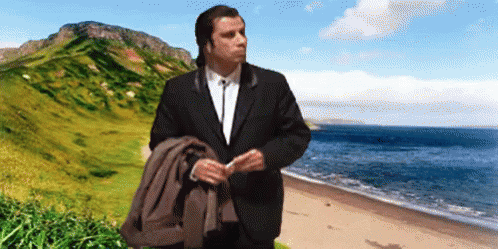Where was I? I’ve forgotten where I was in reflecting on Ong’s Psychodynamics of Orality with our current culture. So this recap is partly for me as it is you.

- Sounded Word as Power and Action
- You Know What you can Recall: Mnemonics and Formulas
- Further Characteristics of Orally Based Thought and Expression
- Oral Memorization
- Verbomotor Lifestyle
- The Noetic Role of Heroic ‘Heavy’ Figures and of the Bizarre
- The interiority of Sound
- Orality, Community and the Sacral
- Words are not Signs
I hope you can see where I’m going with this.
It was coined “secondary orality” because I don’t think anyone realized how close could it get to a primary oral culture?
In the thick of academia and logic, it’s hard to imagine. However, with recent events unfolding before our eyes, I think we’re realizing, perhaps it’s closer that we thought.


